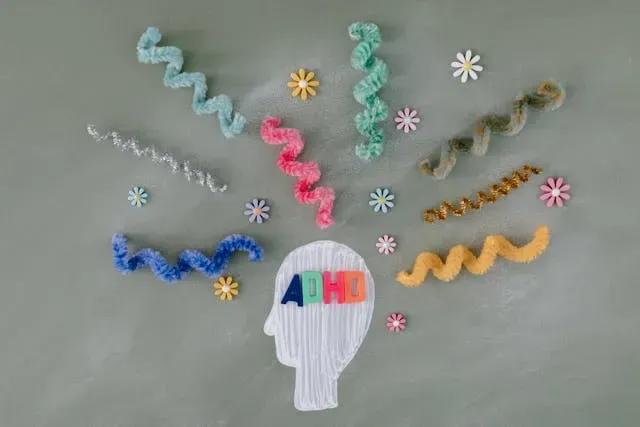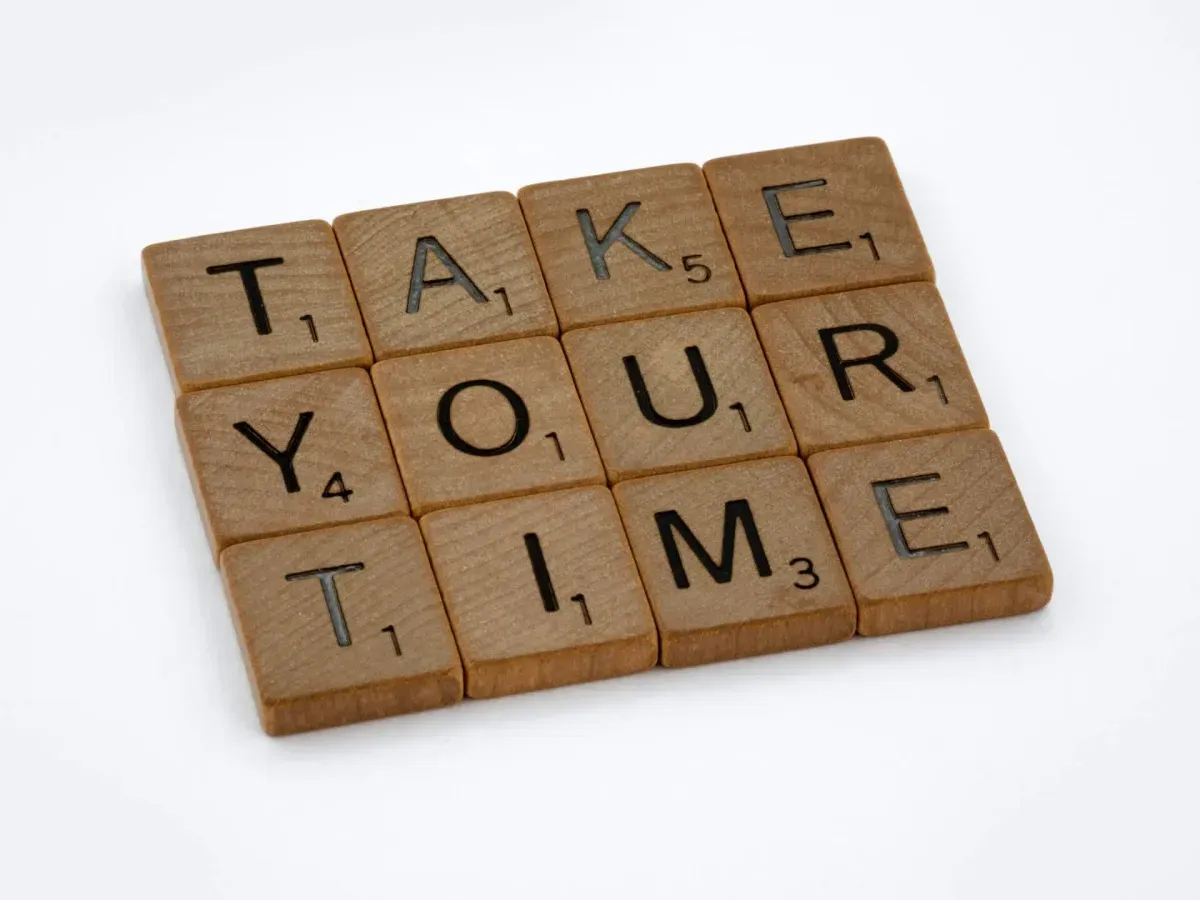
ADHD Therapy Activities
Support children with ADHD through engaging and effective therapy activities designed to promote focus, self-regulation, and emotional well-being.
Get carepatron free
Commonly asked questions
Mindfulness activities, such as brain exercises such as guided meditation and deep-breathing exercises, promote present-moment awareness and focus, improving attention and self-regulation in individuals with ADHD.
Engaging activities such as these focus on cognitive functions, targeting essential skills like attention and memory. They make therapy enjoyable while using vital skills and enhancing cognitive development and problem-solving skills.
Art therapy, including finger painting and drawing, serves as a creative outlet, promoting emotional regulation, boosting self-esteem, and providing a non-verbal means of emotional expression for individuals with ADHD.







